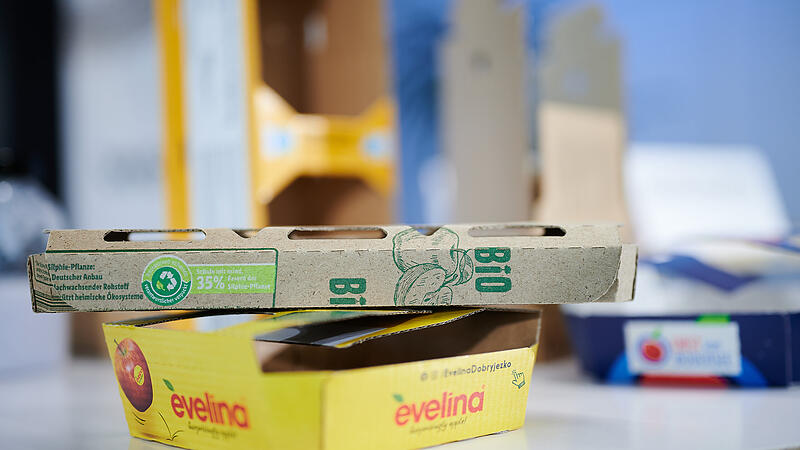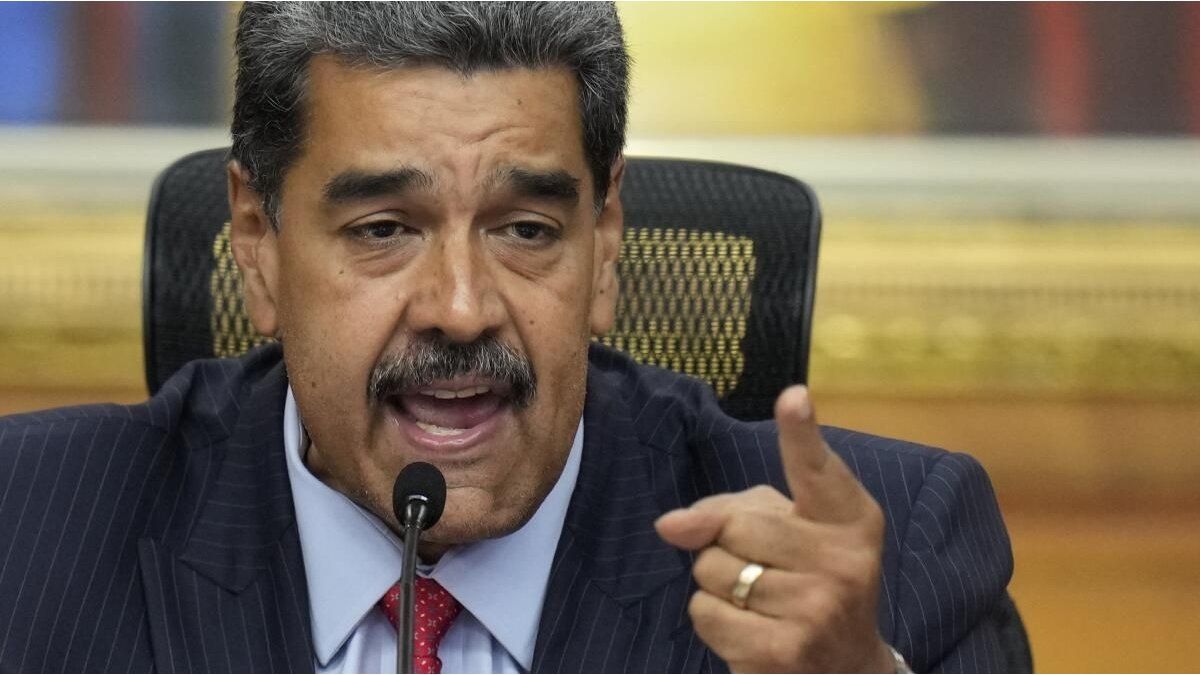Image: APA/com_unit/M.Hörmandinger
“Packaging & Packaging Waste Regulation (PPWR)”: This is the name of a planned regulation for which the EU Commission presented a draft in November 2022. The authority wants to reduce resource consumption through packaging in the EU and improve its recyclability.
Industrial companies, associations and interest groups are resisting the plans from Brussels. The corrugated board industry takes issue with mandatory reusable quotas. “We support the overarching goals to strengthen the circular economy. However, we do not consider general reusable quotas to be justified or ecologically beneficial”, said yesterday Stephan Kaar, spokesman for the industry association Forum Wellpappe Austria. The association represents 200 employees in Austria, member companies include Mondi Grünburg in Steyrtal.
In practice, according to the current draft EU regulation, reusable quotas can hardly be implemented, criticized Kaar. This applies, for example, to transport packaging for large household appliances, which is also made of corrugated cardboard. According to the EU, the reusable rate should be 90 percent by 2030. car: “Who sends back the packaging for their refrigerator?” This is time-consuming and expensive – for customers, suppliers and manufacturers. The corrugated board industry also reacted negatively to the general ban on fruit and vegetable packaging up to 1.5 kilograms, which is to apply from 2040. Instead of reusable quotas, the concrete ecological balance of packaging could be used.
Higher prices drive sales
Corrugated cardboard is a cellulose product, the manufacture of which is a complex industrial process. The most important raw material is paper or wood. Around 46 percent of the production volume of corrugated cardboard in Austria was food packaging, said Steirerpack boss Franz Grafendorfer. This was followed by packaging for machines, furniture, electronics and car parts.
In 2022, sales fell by 6.1 percent to around 995 million square meters from the second half of the year due to lower consumer sentiment. Sales increased by 21.6 percent to 740 million euros. Industry association spokesman Kaar attributes this largely to higher costs for paper and energy, which companies pass on to customers.
more from economy




